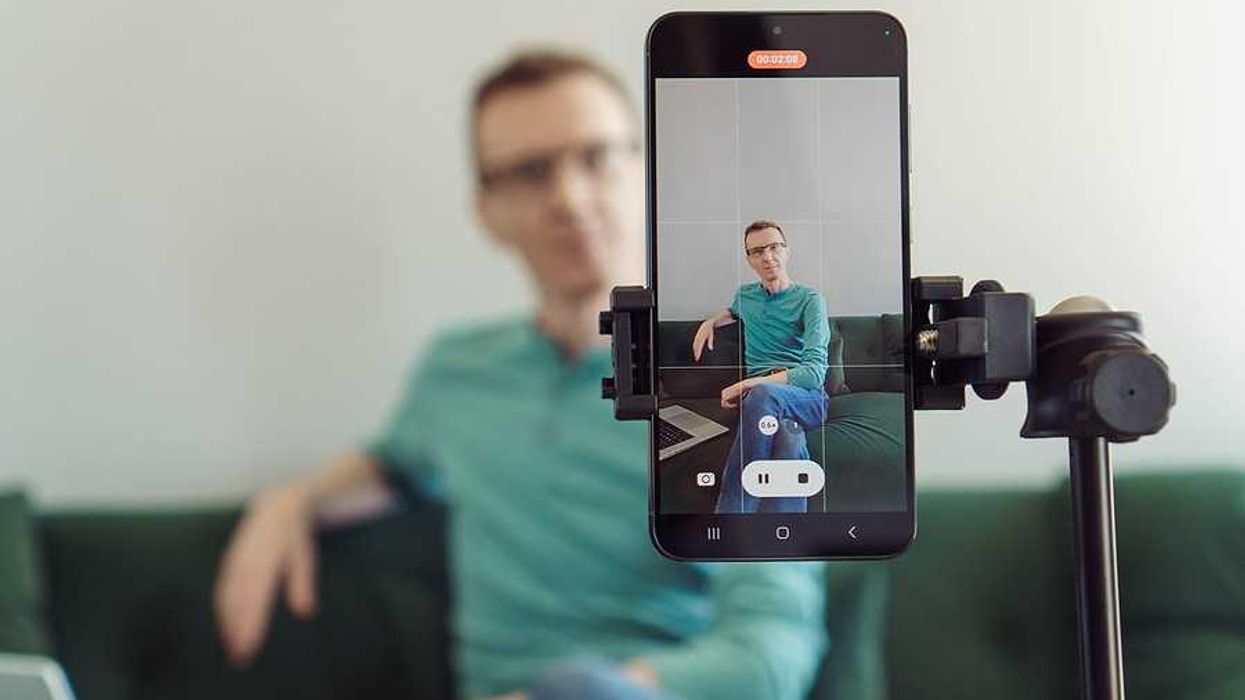
You already know you have a LinkedIn network (and hopefully it's a large one). But do you know you actually have a total of four LinkedIn networks? Related: 15 Ways LinkedIn Can Supercharge Your Job Search Results Your first LinkedIn network is made up of your first-level connections – all the people you are directly connected to on LinkedIn. These are the folks whose total shows on your profile (until your network surpasses 500, after which, LinkedIn lists it as 500+). To see the true scope of your first network, click on "Advanced Search," which you’ll find next to the LinkedIn search bar on the top center of any page. On the new page that appears you will see an overlay that allows you to search LinkedIn. Close the overlay so you can see the page it masks. In the left-hand margin you will see a run-down of your network relationships: your first, second, Group, and third-level connections. Your second-level and Group contacts are the first and second networks you don’t know you have. Your second-level connections are all those people your first-level contacts are connected to, while your third-level connections are all those your second-levels know. And your Group connections are all those folks with whom you share a LinkedIn Group membership. While your first-level connections are a very important part of your overall LinkedIn network, it is imperative to pay attention to your second-level and Group connections, as well. For different reasons, both of these networks play a key role in your career search. Use LinkedIn’s advanced search capabilities to filter your network by relationship level so you can pinpoint target contacts you want to get to know better or leverage strategically. One goal of your LinkedIn networking should be to promote as many of your second-level connections to the first-level as you can. Examine the profiles of your second-level connections and identify ways you can tighten the networking relationship between you.
- Is your first-level connection with this person someone you know well? If so, ask them for a formal introduction to the second-level contact and then ask that person to connect with you directly.
- Is your first-level connection someone you don’t know well or at all? If so, study the second-level contact’s LinkedIn profile and identify things you have in common with the person or ways you may be able to help the person. Use these to prompt an invitation to connect directly.
- For example, if the person has a similar work background as you, call attention to that in your invitation. Or, if you share multiple connections or groups, mention them instead.
- If you can find nothing in common with your second-level contact, try to identify ways you may be able to assist the person. Do they appear to be in a job search or open to opportunities? Offer to introduce them to key people in your network. Are they in a sales, consulting, or business development role? Find out what kinds of referrals they may need and provide some.
- You already know you have something in common with your Group connections, so your next step is to try to deepen the relationship.
- Ask them how you can help them in their business or career. Make specific suggestions and request guidance on what they most need from their network at the moment.
- Give proactively without seeking to meet your own networking needs first. In a world driven by a “me, me, me” focus, your network will find it refreshing if you approach contacts by seeking to give first and receive later.
- Converse with them via email, InMail, LinkedIn invitations, or messages about your shared experience.
- Try to pinpoint other alumni, academic, or experiences you have in common.
- Make specific networking requests of them after first providing them with genuine support, helpful information, or timely resources.
- Now that you have identified your alumni network, here are six more ways to leverage it.

 Bigstock
Bigstock Bigstock
Bigstock Bigstock
Bigstock


